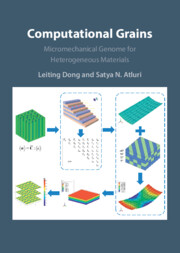Integrated crop–livestock systems in the tropical region are diverse and not well characterized. To better understand the conditions and potential of these systems, we characterized the spatial and social arrangement of integrated systems within a landscape context. Integrated systems are defined by biomass and nutrient flows, linking crop, livestock and human components of agriculture. The landscape is defined within a spatial framework of these flows. To understand the diversity of integrated systems in the tropics, we characterized three case study areas: Southern Mali, Brazilian Cerrados and Amazon frontier. Methodology was based on historical and descriptive approaches of these cases, mobilizing interdisciplinary knowledge of a large research team. This provided a retrospective view to discuss four key points about the future of integrated systems in the tropics: (i) importance of landscape structure for conception and adaptation of the integrated systems; (ii) key role of local institutions in managing such integrated systems; (iii) trade-offs between external and internal resources; and (iv) role of nitrogen to improve system efficiency. This paper concludes with the relevance of social sciences in the further development of integrated systems.

